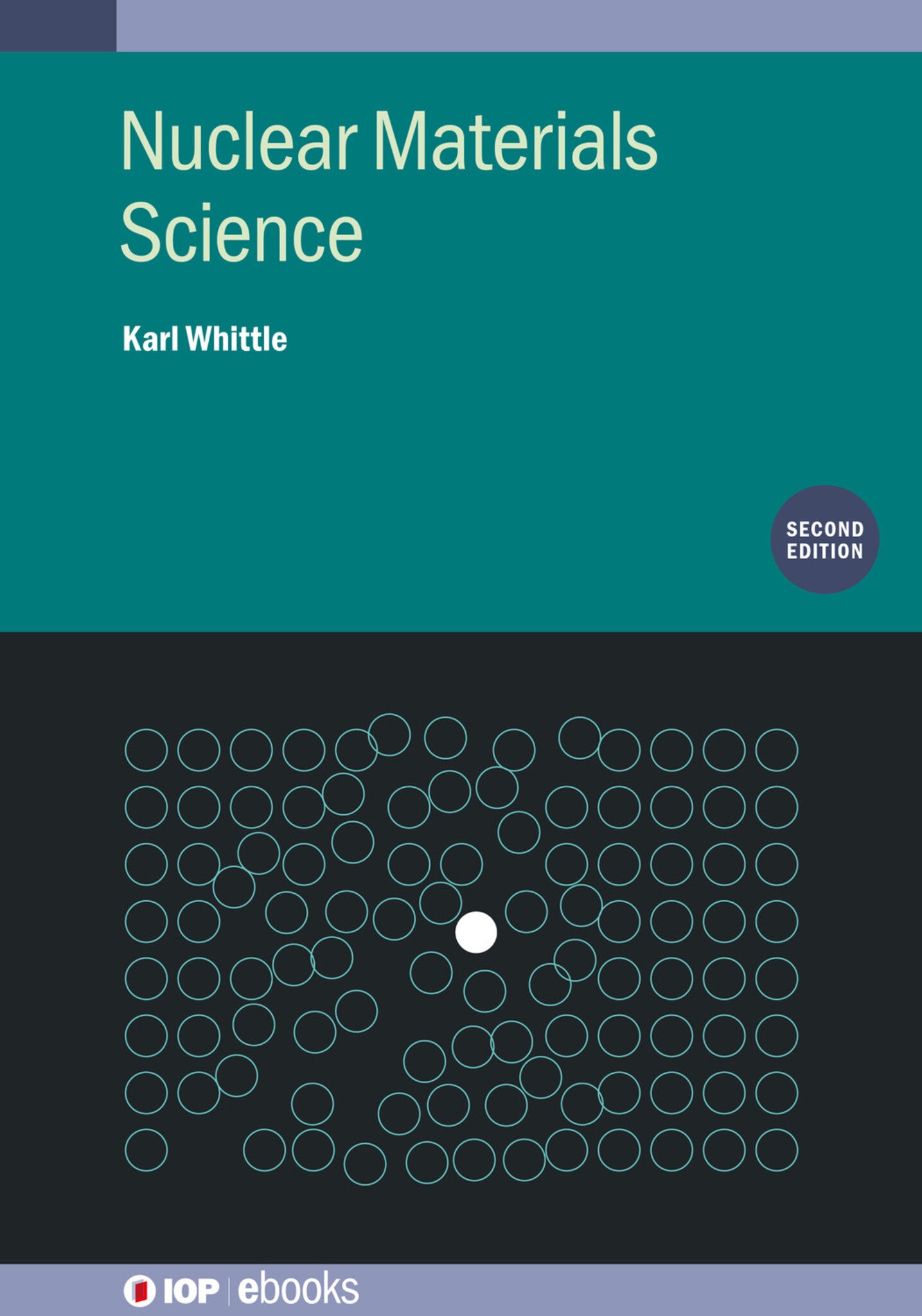We're sorry. An error has occurred
Please cancel or retry.
Nuclear Materials Science (Second Edition)

Some error occured while loading the Quick View. Please close the Quick View and try reloading the page.
Couldn't load pickup availability
- Format:
-
05 November 2020


TECHNOLOGY & ENGINEERING / Materials Science / General, Materials science, SCIENCE / Physics / Nuclear, Nuclear power and engineering

Nuclear reactors, whether fission or fusion, are environments which provide enormous challenges to materials: the combination of high temperatures, intense radiation, and a variety of chemical interactions has led to many innovative solutions. This textbook gives an excellent overview of the problems and how they have been overcome whilst keeping in mind the maxim ‘neutrons are precious, don’t waste them.’ The feature that distinguishes these environments from other situations in which high-performance materials are required is nuclear radiation, so the book begins with two chapters on atomic physics and on the damage caused by radiation. The materials for fuel and cladding are discussed next, with clear arguments for favouring oxide over metal fuel and the compromises that have to be made when designing a cladding that has a suitable melting point, is chemically compatible with the fuel and coolant, is manufacturable, mechanically stable and has acceptable neutron absorption. This is a good overview of the problems encountered in designing materials for use in nuclear reactors.
A.H. Harker, Contemporary Physics, June 2022
Acknowledgements
Author Biography
Introduction
1 Atomic Considerations
2 Radiation Damage
3 Nuclear Fuel Part I - Fuel and Cladding
4 Nuclear Fuel Part II - Operational Effects
5 Evolution of Reactor Technologies
6 The challenge for materials in new reactor designs
7 The Challenges of Nuclear Waste
8 Materials and Nuclear Fusion
9 Mistakes Made and Lessons Learnt
10 Materials Characterisation



